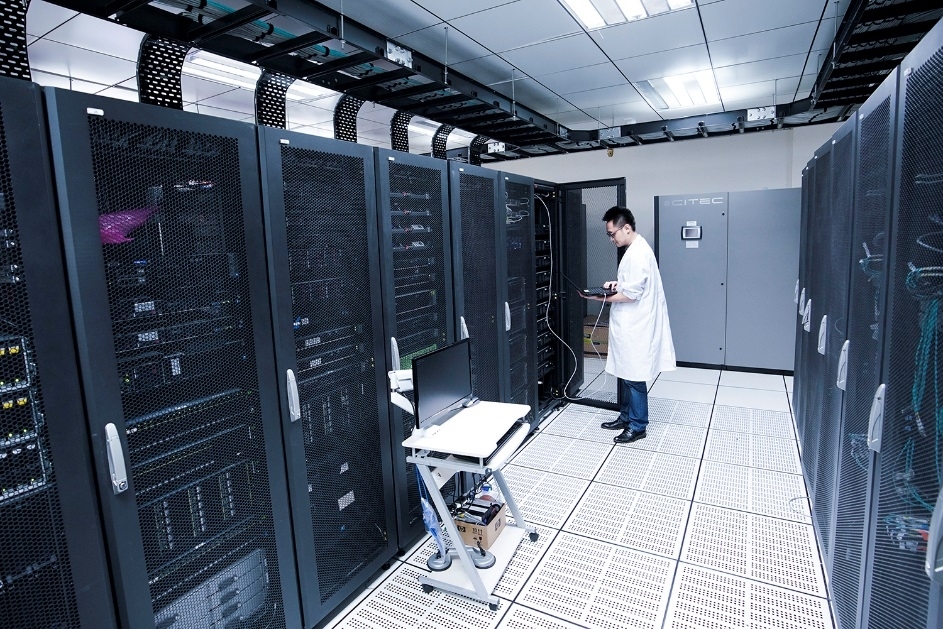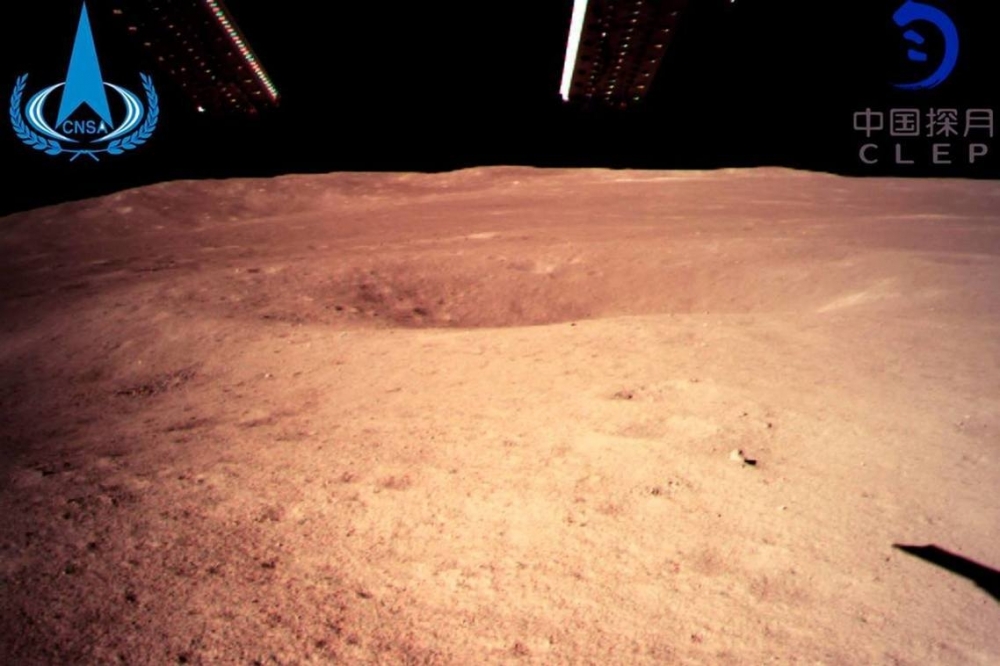M.U.S.T. Participates in Chang’e 4 Data Analysis
Contributes to National Lunar and Planetary Sciences Development
The Chang’e 4 spacecraft landed on the far side of the Moon on January 3, 2019, and transmitted, via the Queqiao communication relay satellite, the first image of the Moon photographed at a close distance back to Earth. Researchers from the State Key Laboratory of Lunar and Planetary Sciences at Macau University of Science and Technology were recruited as members of Chang’e 4 core scientists’ team , they will participate in the ensuing analysis and research of the scientific data and contribute to the national development of lunar and planetary sciences.
With the support of the Macao S.A.R. Government, M.U.S.T. has been participating in the national deep space exploration mission since it established the Space Science Institute in 2005. On July 2018, The National Ministry of Science and Technology approved of the establishment of the State Key Laboratory of Lunar and Planetary Sciences at M.U.S.T., becoming the first Chinese state key laboratory in the astronomy field. The Laboratory aims to propel evolution of planetary sciences and train high-quality talents in planetary sciences that are on high demand in China. As the only scientific research institute that specializes in studies of lunar and planetary sciences in China, the researchers at the State Key Lab conduct full-scale research on data relating to the Chang’e lunar exploration mission, act jointly with the Zijinshan Astronomical Observatory, Chinese Academy of Sciences, to develop gamma ray spectrometers and conduct data analysis of Chang’e 1 and 2, and along with mainland Chinese scientists, conduct analysis on the valid scientific data of Chang’e 3. Such studies have already yielded rich scientific outcomes. The successful landing of Chang’e 4 has delighted and empowered the research staff of the State Key Laboratory. It is expected that the spacecraft achieves more scientific discoveries in the following months and unveils the mysteries on the early evolution of the Moon.

The State Key Laboratory of Lunar and Planetary Sciences is equipped with a supercomputing center, which could contribute to analysis and research on scientific data of the Chang’e space mission
In the meantime, researchers of the State Key Laboratory of Lunar and Planetary Sciences at M.U.S.T. are making preparations for the lunar sampling analysis of Chang’e 5, and making active efforts to participate in other national deep space exploration missions so as to move forward exploration missions to Mars, asteroids and giant planets and contribute to national development of lunar and planetary sciences.

Chang’e 4 achieved the first soft landing on the far side of the Moon, and transmits back an image of the landing site (from China Lunar Exploration)





